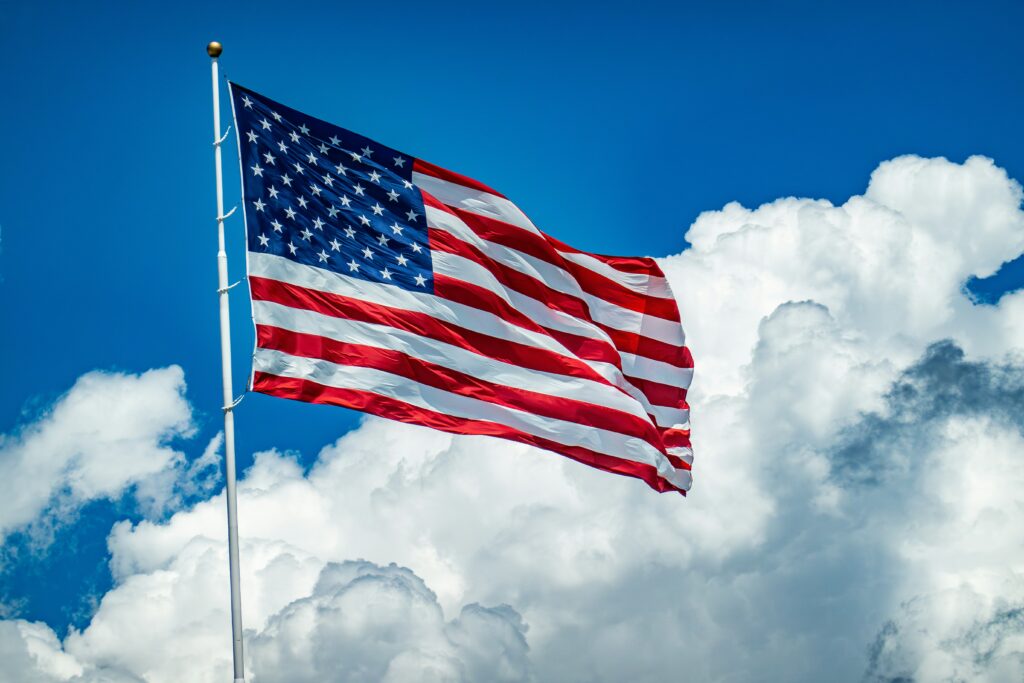
So if I believe that there is no sin that God won’t forgive, what do we do with those “proof texts”? I have no interest in “explaining away” what the Bible says; if the Bible says something, I need to believe it. My argument here is that the Bible does not in fact say what the “unforgiveable sin” teachers claim—because they have ignored a key element in biblical interpretation: context. In all three of these passages, a thoughtful consideration of the passage’s context makes the actual teaching pretty clear.
Matthew 12.31-32
Jesus’ words here are his response to something that has just happened. Jesus has cast a demon out of a blind and mute man (Mt 12.22), and the onlookers, amazed by what they have seen, recognize the significance of the miracle as Messianic: “Is not this the Son of David?” (Mt.12.23). They are familiar with the biblical promise of a descendant of David who would reign forever (2S 7.12-16), and they also recognize the healing of a blind man as a fulfillment of prophecy (Is 35.5), specifically of prophecy about the Servant of Yahweh (Is 42.7). Just one chapter earlier, Jesus had responded to John the Baptist’s question (“Are you the Coming One?”) by noting that “the blind receive their sight” (Mt 11.5).
The onlookers respond in faith.
But there is another group watching—not to see and believe, but to gather evidence against this miracle worker and to oppose his threat to their political and religious power. The Pharisees are not interested in truth or in righteousness, but in neutralizing the threat. So they accuse him of doing the miracle through Satan’s power (Mt 12.24).
Jesus responds to the charge first by demonstrating its illogic—would Satan cast out Satan? (Mt 12.25-26). And then he turns to their much deeper problem: they are determined not to believe. No matter what he does—even Messianic miracles—they will harden their hearts against them, until the day they die. And in that day, their sin of unbelief will not be forgiven.
Why not?
Because they refused to repent, which is the only means of forgiveness. Thus there’s nothing particularly unusual about their sin; as is true of everyone, they will not be forgiven for sins of which they refuse to repent.
What happens to a hard-hearted Pharisee who sees, believes, and repents? The Bible tells us about just such a man. His name was Saul, and he was forgiven.
1 John 5.16
With the “blasphemy of the Spirit” passage accurately read, John’s reference to “the sin unto death” becomes clear. “A sin which is not unto death” is simply one of which the sinner will repent. We pray faithfully for those engaged in sin, hoping that God will one day bring them to repentance; for nothing is impossible for him.
But as he presents that encouragement, John notes that not everyone will repent; that’s the way the world works. He has already noted that genuine believers do not live out a pattern of persistent sin (1J 3.6), but there are those who will not depart from a sinful lifestyle. The classic commentator Alfred Plummer observed, “It is possible to close the heart against the influences of God’s Spirit so obstinately and persistently that repentance becomes a moral impossibility. … The soul may go on refusing offers of grace until the very power to receive grace perishes. Such a condition is necessarily sin, and ‘sin unto death.’ ”
Matthew 25.31-46
Now to the Judgment of Sheep and Goats. Why do some come to the judgment confident, only to be shocked at their condemnation? They are condemned for the same reason anyone else is condemned: they have not repented. They trusted in their good works (Mt 25.44) but had no heart to follow Christ.
God is not the kind of person who sentences his well-meaning children to a life of uncertainty and fear. I have sat with more than one student who has been spiritually and emotional crippled by his fear that, without meaning to, he has committed some unforgiveable sin.
Nonsense.
Power. Love. A sound mind (2Ti 1.7).
Photo by Levi Meir Clancy on Unsplash


